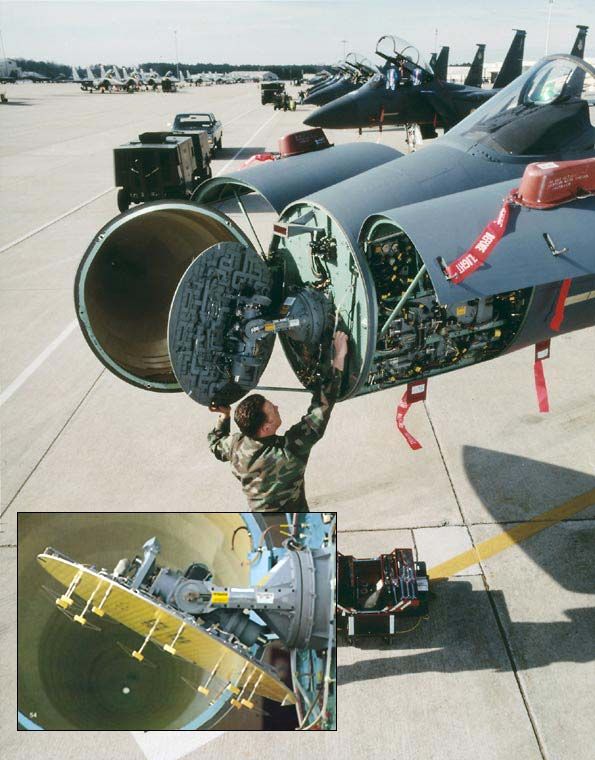Except that most radomes, from what I've seen, don't have the radar antenna flush with the main fuselage but instead tend to jut out into the radome area.
It could be that the material is actually reflective, like a radar dish to concentrate beams into the antenna, or alternately it limits the radome area further as the antenna cannot make use of the back area; this helps to limit RCS, but indicates that the aperture size is reduced to only 5/6ths of the apparent radome for a Flanker-sized radar.


